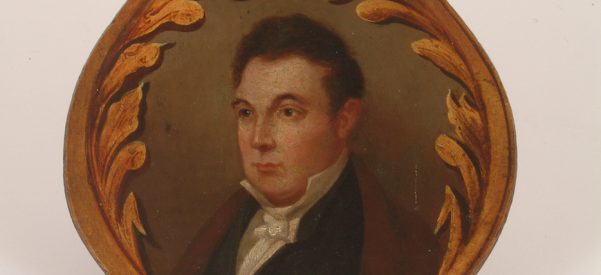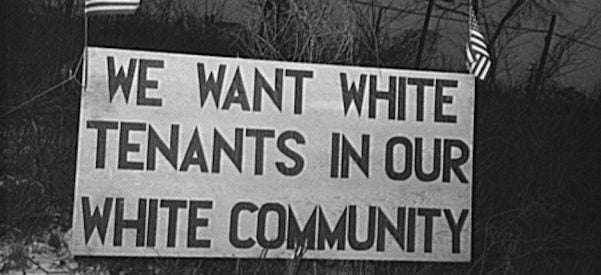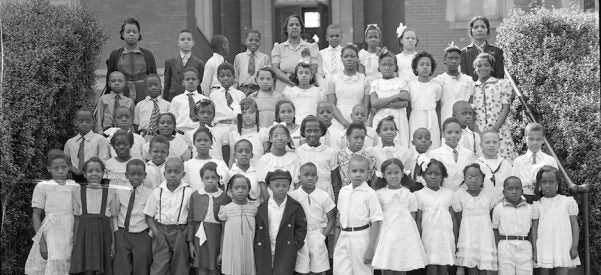Explore
: AFRICAN AMERICANS
The Marquis de Lafayette's Name Graces More City Parks and Streets Than Perhaps Any Other Foreigner
By Laura Auricchio
June 22, 2017
If you live in the United States, you’ve probably come across a county, city, street, park, school, shop, or restaurant named for Gilbert du Motier, Marquis de Lafayette (1757-1834), the most beloved French hero of the American Revolution. In New York City, my home town, I’ve spotted three different Lafayette Avenues, one Lafayette Street, a Lafayette playground, and four public sculptures of the Marquis. Although there’s no official count, Lafayette probably has more American locations named for him than any …
Read More >
How the Founders' Revolutionary Ideology Laid the Groundwork
By Nicholas Guyatt
September 12, 2016
Segregation remains an intractable force in American life, more than 60 years after the Supreme Court’s Brown v. Board of Education ruling outlawed racial separation in America’s schools. The Government Accountability Office recently estimated that more than 20 million students of color attend public schools that are racially or socioeconomically isolated. This figure has increased in recent decades, despite a raft of federal and state initiatives.
Major cities like New York and Chicago struggle with high levels of residential segregation, …
Read More >
How a Leading Portraitist Captured Their Refinement and Restlessness
By Sara Catania
September 1, 2016
For much of the 20th century, the Scurlock family of portrait photographers—first Addison Scurlock and his wife Mamie and then their sons Robert and George—were the premiere chroniclers of the aspirational lives of Washington D.C.’s black middle class. Over time they forged close working relationships with W.E.B. DuBois and Howard University, as well as photographing Marian Anderson, Duke Ellington, and Booker T. Washington.
But alongside this work—now preserved at the Smithsonian’s National Museum of American History as “Portraits of …
Read More >




